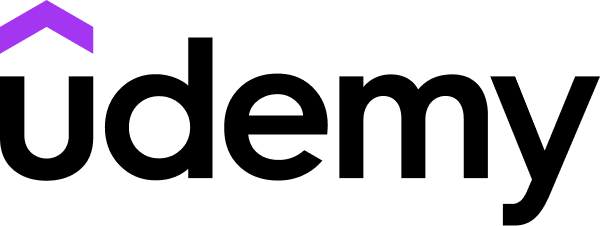LinkedIn Learning
Free Trial Available
English
Certificate Available
7 hours worth of material
selfpaced
Overview
Programmable logic controllers (PLCs) control devices in heavy-duty situations. But PLC logic doesn't look like typical software code, instead using approaches that fit automation scenarios. Learn how PLCs can help you create complex interactions and sequences to solve problems beyond the computer.
- Learn how PLCs bridge software and hardware.
- Createbasic PLC logic you can apply across devices.
- Sequence multiple actions with PLCs for repetitive tasks.
Syllabus
- Course 1: Learning Industrial Automation
- Get an overview of industrial automation. Learn about the components, levels, software, and skills it takes to start a career as an automation engineer or technician.
- Course 2: Learning PLC Ladder Logic
- Get started with PLC ladder logic programming. Explore fundamental topics and review case studies that can help you grasp the real-world application of these concepts.
- Course 3: PLC Ladder Logic Essential Training
- Build your skills in industrial automation. Learn how to use ladder logic to program major PLC devices, including Allen Bradley, Siemens, and OMRON.
- Course 4: PLC Memory Organization
- Find out how to optimize processes in PLC based on data. Learn details of data storage, how storage interacts with input and output, and how to approach memory structures.
- Course 5: PLC Sequencer Logic
- Explore some of the essential sequencer instructions used in PLC ladder logic programming. Learn how to work with sequencer output, compare, and load instructions in this course.
- Course 6: PLC Program Flow and Control Instructions
- Explore advanced PLC ladder logic programming instructions, including bit shift left, bit shift right, word shift operations, and subroutine instructions.
Taught by
Zahraa Khalil, Zahraa Khalil, Zahraa Khalil, Zahraa Khalil, Zahraa Khalil and Zahraa Khalil

